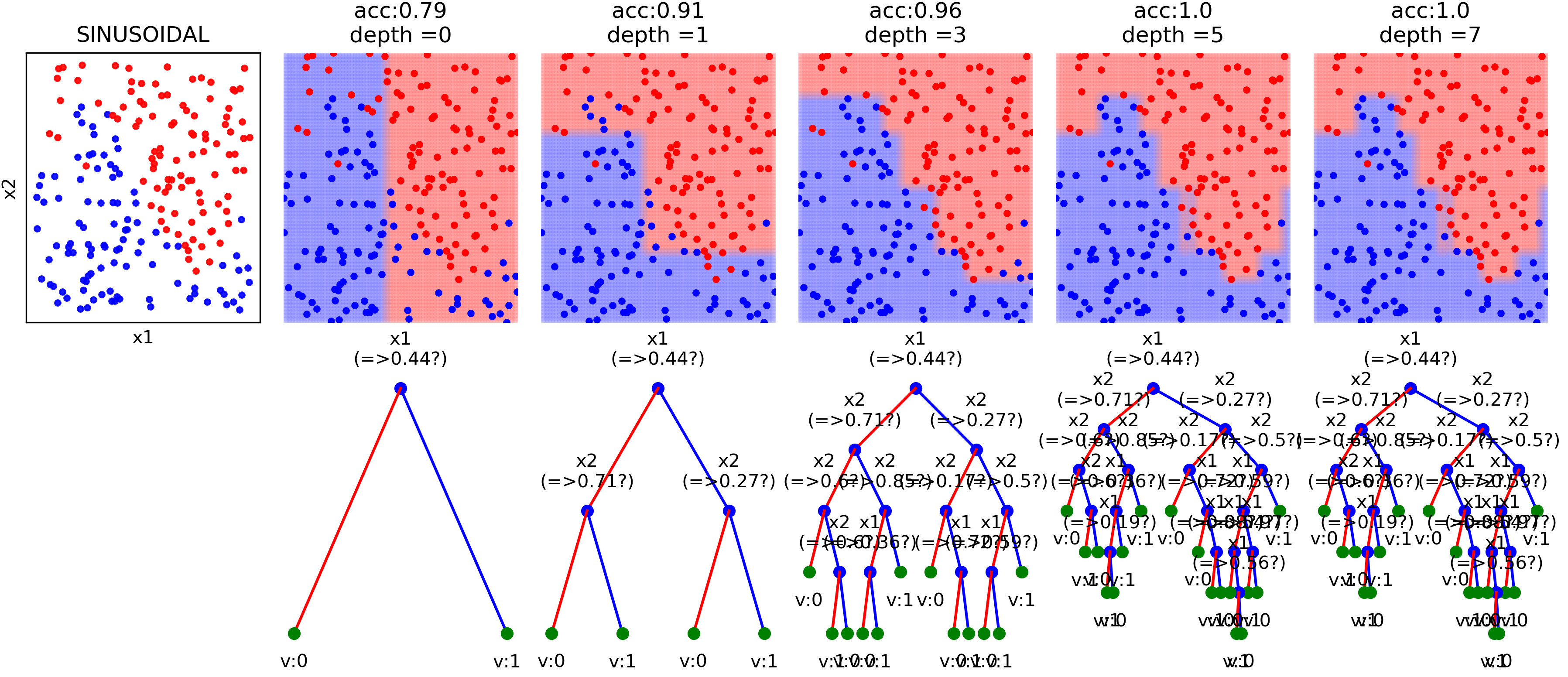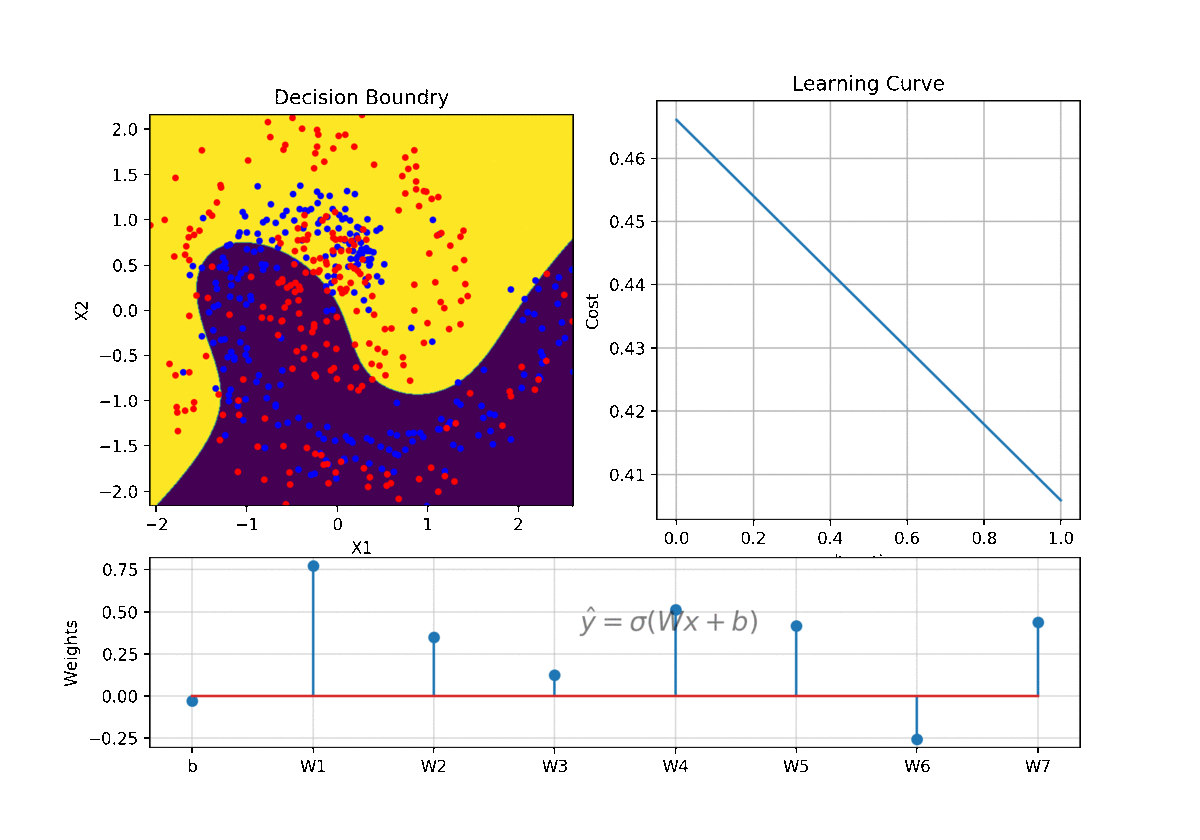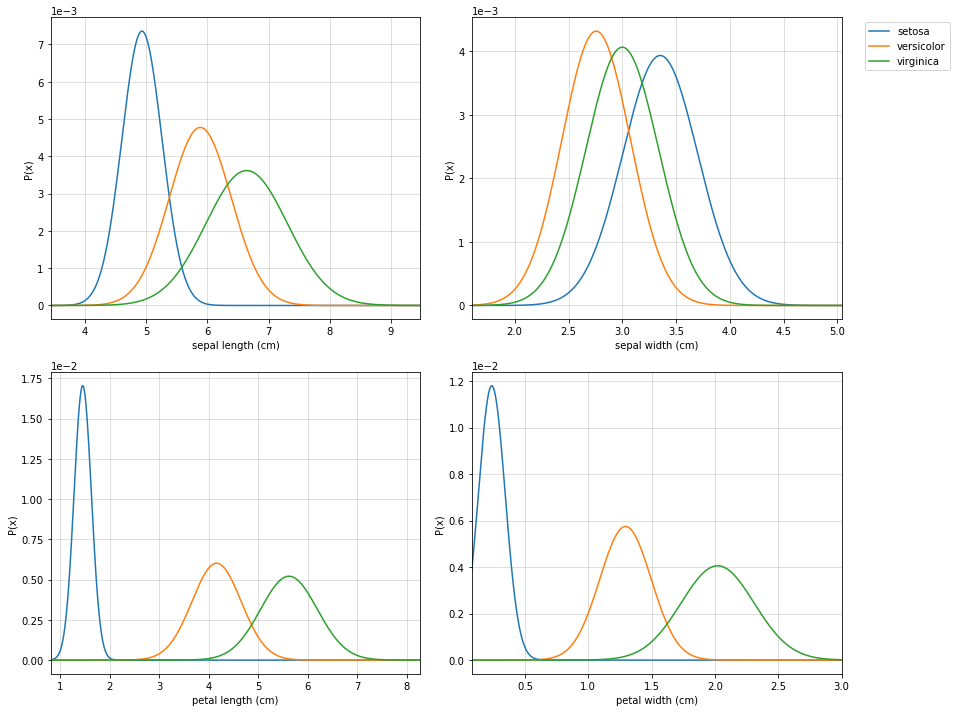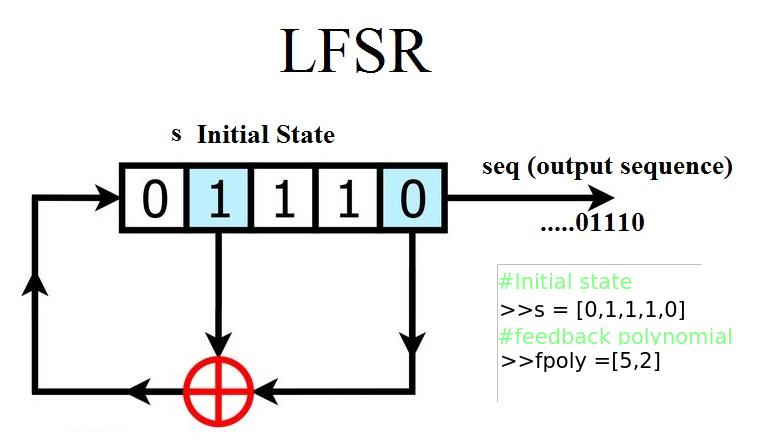Links: Github | PyPi - project
Installation: pip install spkit
Requirement: numpy, matplotlib, scipy.stats, scikit-learn
pip install spkit
Download the repository or clone it with git, after cd in directory build it from source with
python setup.py install
Information Theory functions for real valued signals
- Entropy : Shannon entropy, Rényi entropy of order α, Collision entropy
- Joint entropy
- Conditional entropy
- Mutual Information
- Cross entropy
- Kullback–Leibler divergence
- Computation of optimal bin size for histogram using FD-rule
- Plot histogram with optimal bin size
Matrix Decomposition
- SVD
- ICA using InfoMax, Extended-InfoMax, FastICA & Picard
Linear Feedback Shift Register
- pylfsr
Continuase Wavelet Transform and other functions comming soon..
- Logistic Regression
- Naive Bayes
- Decision Trees
- DeepNet (to be updated)
import numpy as np
import matplotlib.pyplot as plt
import spkit as sp
x = np.random.rand(10000)
y = np.random.randn(10000)
#Shannan entropy
H_x= sp.entropy(x,alpha=1)
H_y= sp.entropy(y,alpha=1)
#Rényi entropy
Hr_x= sp.entropy(x,alpha=2)
Hr_y= sp.entropy(y,alpha=2)
H_xy= sp.entropy_joint(x,y)
H_x1y= sp.entropy_cond(x,y)
H_y1x= sp.entropy_cond(y,x)
I_xy = sp.mutual_Info(x,y)
H_xy_cross= sp.entropy_cross(x,y)
D_xy= sp.entropy_kld(x,y)
print('Shannan entropy')
print('Entropy of x: H(x) = ',H_x)
print('Entropy of y: H(y) = ',H_y)
print('-')
print('Rényi entropy')
print('Entropy of x: H(x) = ',Hr_x)
print('Entropy of y: H(y) = ',Hr_y)
print('-')
print('Mutual Information I(x,y) = ',I_xy)
print('Joint Entropy H(x,y) = ',H_xy)
print('Conditional Entropy of : H(x|y) = ',H_x1y)
print('Conditional Entropy of : H(y|x) = ',H_y1x)
print('-')
print('Cross Entropy of : H(x,y) = :',H_xy_cross)
print('Kullback–Leibler divergence : Dkl(x,y) = :',D_xy)
plt.figure(figsize=(12,5))
plt.subplot(121)
sp.HistPlot(x,show=False)
plt.subplot(122)
sp.HistPlot(y,show=False)
plt.show()
from spkit import ICA
from spkit.data import load_data
X,ch_names = load_data.eegSample()
x = X[128*10:128*12,:]
t = np.arange(x.shape[0])/128.0
ica = ICA(n_components=14,method='fastica')
ica.fit(x.T)
s1 = ica.transform(x.T)
ica = ICA(n_components=14,method='infomax')
ica.fit(x.T)
s2 = ica.transform(x.T)
ica = ICA(n_components=14,method='picard')
ica.fit(x.T)
s3 = ica.transform(x.T)
ica = ICA(n_components=14,method='extended-infomax')
ica.fit(x.T)
s4 = ica.transform(x.T)
Logistic Regression - View in notebook
Naive Bayes - View in notebook
(https://nbviewer.jupyter.org/github/Nikeshbajaj/spkit/blob/master/notebooks/2.3_Tree_Example_Classification_and_Regression.ipynb) - View in notebook
This implimentation also works with Catogorical features, without need to change them into float or interger type
[source code] | [jupyter-notebook]
import numpy as np
from spkit.pylfsr import LFSR
## Example 1 ## 5 bit LFSR with x^5 + x^2 + 1
L = LFSR()
L.info()
L.next()
L.runKCycle(10)
L.runFullCycle()
L.info()
tempseq = L.runKCycle(10000) # generate 10000 bits from current state
- Nikesh Bajaj
- http://nikeshbajaj.in
- [email protected]
- [email protected]
















